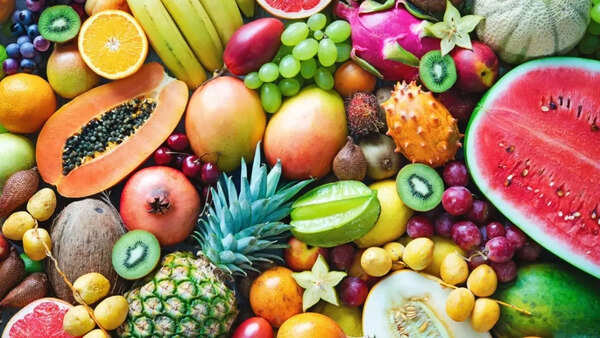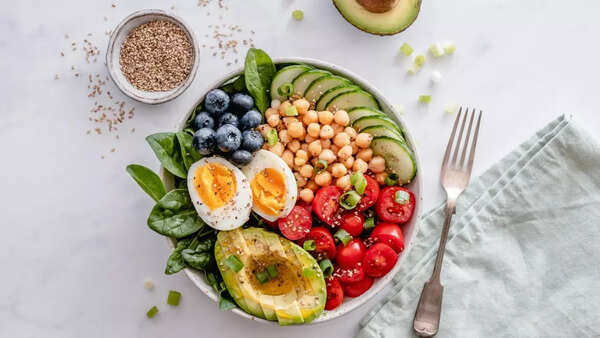World Hypertension Day 2025: to keep stress in the Gulf about all dash diets

In today’s world, in the continuous world of uproar and stir, stress is our constant companion. Whether it is about the time limit that we are spreading at work, or the pending item-tin in the two-do list never leaves our side, even during our clear ‘time-off’!Since this stress is piled up, especially if it is chronic stress, it can contribute to high blood pressure (hypertension). When the body is under stress, it releases hormones that can cause blood vessels to cause and beat the heart rapidly, temporarily increases blood pressure. However, if this stress is constant, it can lead to continuous high blood pressure.

World Hypertension DayCelebrated every year on 17 May, high blood pressure (hypertension) and its serious health consequences to raise global awareness. The day encourages regular blood pressure test, educates the public on the dangers of uncontrolled high blood pressure, and promotes preventive measures to reduce the risk of related complications such as heart disease, stroke and kidney failure.
What is high blood pressure?
Hypertension, or hypertension, is a condition where blood force against artery walls is continuously high. This can cause heart, brain and kidney damage.High blood pressure is often known as “silent killer” because it usually presents no symptoms until significant damage has occurred. It is a major risk factor for heart disease, stroke and kidney failure. According to the World Health Organization (WHO), more than one billion people worldwide suffer from high blood pressure, a significant part is unaware of their condition.

How to manage high blood pressure?
Management of high blood pressure involves a combination of lifestyle changes and if necessary, the drug. Lifestyle modifications include adopting a balanced diet, regular physical activity, maintaining a healthy weight, limiting alcohol and caffeine, quitting smoking and managing stress. In addition, the drug can be prescribed by a doctor to help in low blood pressure.Between all measures, following the dash diet is one of the major aspects of high blood pressure fighting.Read to learn more about this special diet.
What is a dash diet?
Diet There is a flexible food plan designed to reduce high blood pressure by focusing on various types of foods rich in potassium, calcium and magnesium, limiting sodium, saturated fats and added sugars. It is a healthy way to manage high blood pressure and can also contribute to overall weight loss.

Major aspects of dash diet:
Major aspects of dash diet for managing hypertension include saturated and enhancing fruits, vegetables, whole grains and low -fat dairy intake while limiting transplants, cholesterol and sodium. This diet emphasizes foods rich in potassium, calcium and magnesium, which helps reduce blood pressure. Here is a more detailed breakdown:Major diet component:Fruits and Vegetables: Consumption of various types of fruits and vegetables provides essential nutrients including potassium, magnesium and fiber, which all contribute to blood pressure management. Whole grains: Choosing whole grains on sophisticated grains increases the intake of fiber, which can help reduce blood pressure and improve overall health. Low fat dairy: Low -fat dairy products are a good source of calcium, another nutrient that plays a role in regulating blood pressure. lean proteins: Limiting red meat and processed meat, help with lean protein, satisfaction and overall health, such as fish, poultry and beans. Nuts, seeds and legumes: These are good sources of healthy fats, protein and fiber, which can help reduce blood pressure. fats and oils: The dash diet encourages the use of healthy fat found in vegetable oils and nuts.
To limit foods:Sodium: The dash diet emphasizes reducing sodium intake, which can help reduce blood pressure. Saturated and Trans Fats: Limiting saturated and trans fats found in fatty meats, full -fat dairy products and processed foods helps to protect against heart disease and high blood pressure. Cholesterol: Reducing cholesterol intake, especially from sources such as egg yolk and some meat, can reduce the risk of heart disease. Sugar drinks and sweets: Limit or avoid sugars drinks and sweets, as they can contribute to weight gain and increase the risk of high blood pressure.
Benefits of dash diet:
Dash diet is a proven approach to help reduce hypertension. It focuses on reducing sodium intake and increasing the consumption of fruits, vegetables, whole grains, low -fat dairy and lean protein, which are rich in potassium, calcium and magnesium. Benefits for Hypertension:

Low blood pressure: The dash diet is shown to significantly reduce both systolic and diastolic blood pressure. Heart disease, heart failure and stroke risk low: By reducing blood pressure and other risk factors, dash diet can help reduce the risk of heart diseases. weight management: Dash diet can help in weight loss or maintenance by focusing on healthy food options and limiting unhealthy foods such as red meat, sweets and sugars drinks. Better cholesterol level: Dash diet LDL (“bad”) can help reduce cholesterol levels, which can reduce the risk of heart disease. Diabetic risk reduction: The dash diet can also help manage or prevent diabetes by controlling blood sugar levels through full grains and fruits, and vegetables. General Health Benefits: Dash diet is a healthy eating plan that can improve overall health and well-being, promoting a heart-healthy lifestyle.




